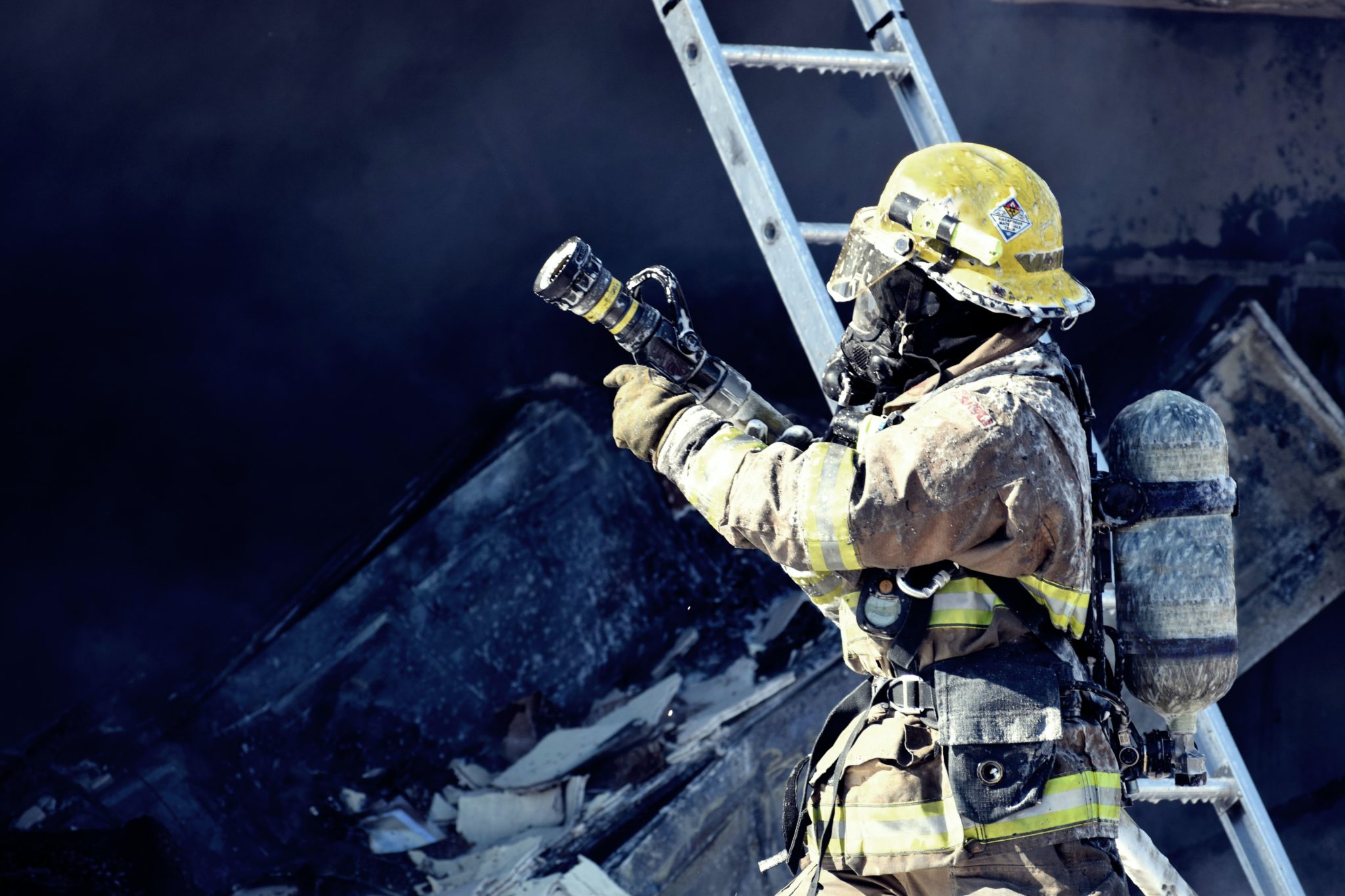

Each fall, the National Fire Protection Association (NFPA) publishes an extensive report that details fire loss in the U.S. during the previous calendar year. The data comes from a survey distributed to fire departments across the country. Response rates have declined in recent years, partially due to the COVID-19 pandemic, with about 2,200 departments participating in the most recent survey.
While tremendous progress has been made in the long-term to reduce death, injury and property damage, the total number of U.S. fires overall rose 8% from 2019 to 2020. According to NFPA researchers, that increase is likely related to the drastic changes in behaviors, routines and lifestyles due to the pandemic. For example, an Acosta report last fall noted that 55% of shoppers were eating at home more often than before the pandemic, and 53% of Americans at least six years of age engaged in outdoor activities last year, the highest number ever recorded.
“In 2020, more people were working and studying at home, commuting far less, and spending more time socializing outside,” said Lorraine Carli, vice president of outreach and advocacy at NFPA. “It appears that the fires followed these shifts.”
Key Findings
- Local fire departments responded to an estimated 1.4 million fires
- Fires resulted in 3,500 civilian deaths and 15,200 civilian injuries
- Property damage was estimated at $21.9 billion
- More than one-third of the fires (about 490,500) occurred in or on structures
Download and explore the full report here.
Over the Years
The NFPA began collecting this data in 1980, tracking trends and comparing stats year-to-year over the past four decades. Overall, the estimated total of fires in 2020 was 54% lower than in 1980. Fire deaths and injuries were estimated at 46% and 50 lower, respectively, with population-based rates dropping even more due to population growth over that time.
Less progress, however, has been made in preventing death and injuries related to home fires. About three-quarters of all U.S. fire deaths occur in homes, a rate nearly identical to that in 1980. The findings indicate that while home fires happen less frequently, escaping from the home safely remains a struggle for people.
This reinforces the critical role of fire protection and life safety firms across the country, and the research, advocacy and outreach efforts of the NFPA. The organization, which celebrates its 125th anniversary this year, regularly publishes and distributes resources to educate and inform the public on everyday fire safety.

